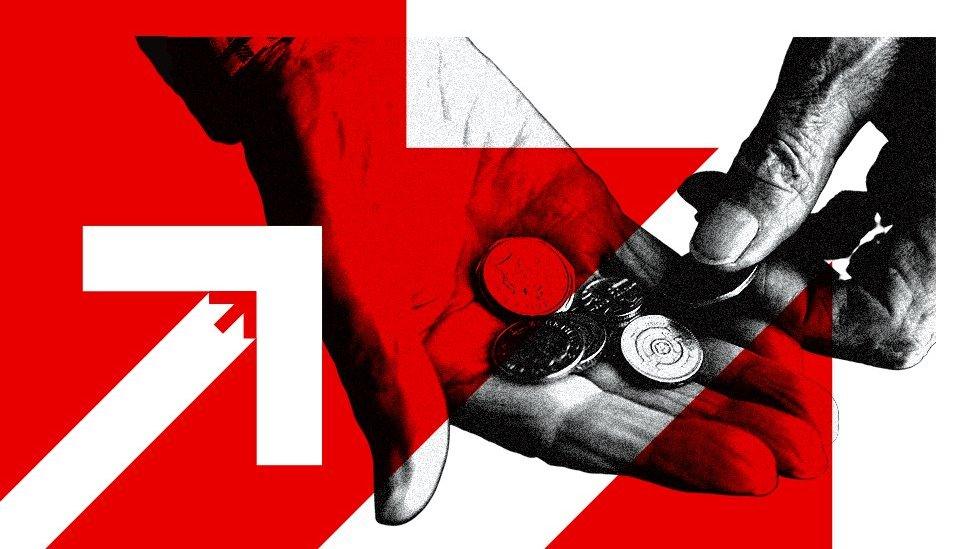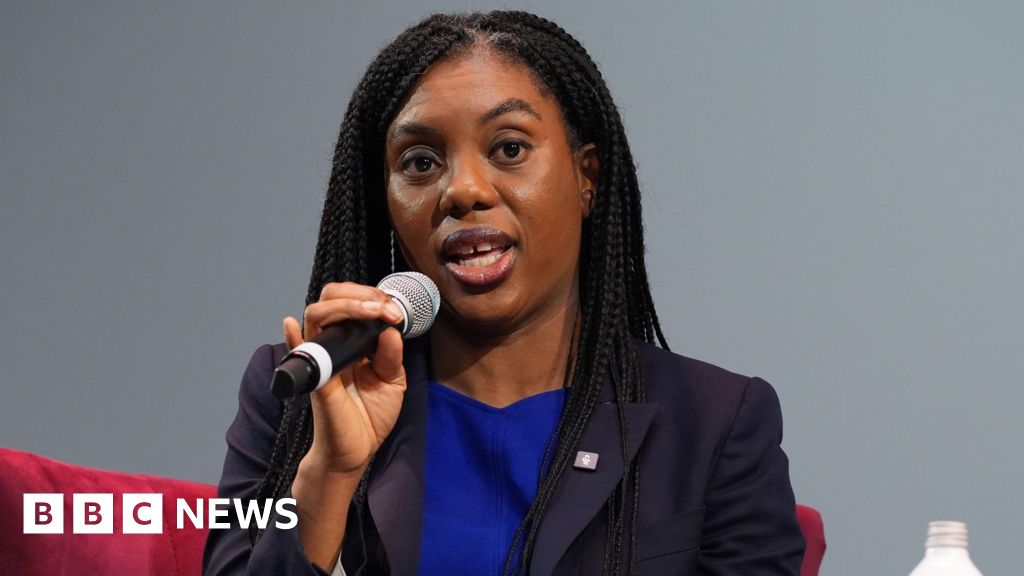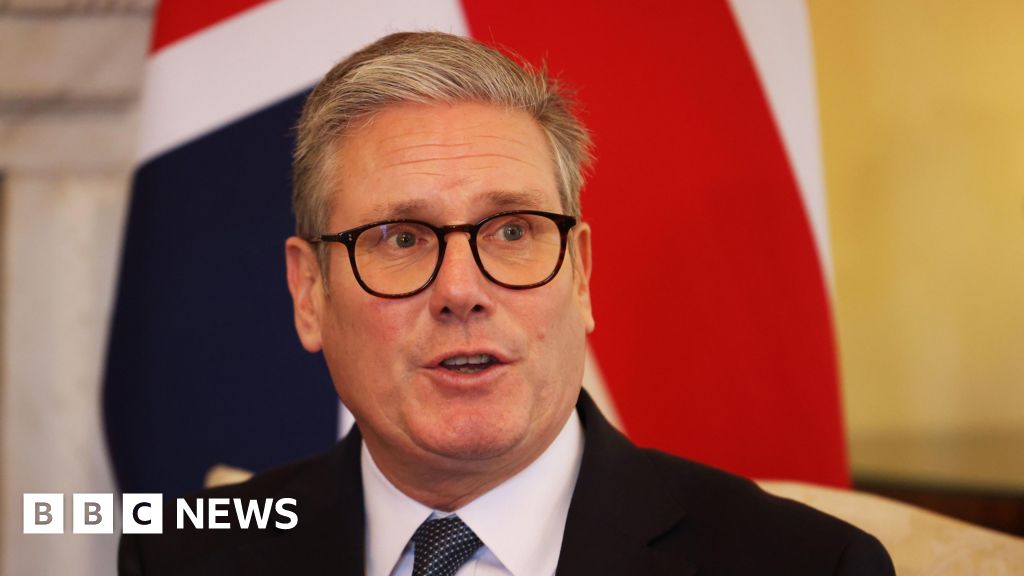ARTICLE AD BOX

Prices in the UK went up by 2.6% in the 12 months to November, the highest level for eight months.
It means inflation has been above the Bank of England's target for two months in a row.
The Bank moves interest rates up and down to try to keep inflation at 2%, and has cut twice in 2024, taking rates to 4.75%.
What is inflation?
Inflation is the increase in the price of something over time.
For example, if a bottle of milk costs £1 but is £1.05 a year later, then annual milk inflation is 5%.
How is the UK's inflation rate measured?
The prices of hundreds of everyday items, including food and fuel, are tracked by the Office for National Statistics (ONS).
This virtual "basket of goods" is regularly updated to reflect shopping trends, with vinyl records and air fryers added in 2024, and hand sanitiser removed.
The ONS monitors price changes over the previous 12 months to calculate inflation.
The main inflation measure is called the Consumer Prices Index (CPI), external, and the latest figure is published every month.
CPI rose by 2.6% in the year to November 2024, up from 2.3% in the 12 months to October. The November figure is the highest rate since March 2024.
This was largely as a result of increased fuel and clothing prices.
Why are prices still rising?
Inflation has fallen significantly since it hit 11.1% in October 2022, which was the highest rate for 40 years.
However, that doesn't mean prices are falling - just that they are rising less quickly.
Inflation soared in 2022 because oil and gas were in greater demand after the Covid pandemic, and energy prices surged again when Russia invaded Ukraine.
It then remained well above the 2% target partly because of high food prices.
Some parts of the economy, like the services sector - which includes everything from restaurants to hairdressers - are still seeing significant price rises.
Why does putting up interest rates help to lower inflation?
When inflation was well above its 2% target, the Bank of England increased interest rates to 5.25%, a 16-year high.
The idea is that if you make borrowing more expensive, people have less money to spend. People may also be encouraged to save more.
In turn, this reduces demand for goods and slows price rises.
But it is a balancing act - increasing borrowing costs risks harming the economy.
For example, homeowners face higher mortgage repayments, which can outweigh better savings deals.
Businesses also borrow less, making them less likely to create jobs. Some may cut staff and reduce investment.
What has happened to UK interest rates?
In November 2024, the Bank of England cut rates to 4.75%, in a move that had been widely expected.
That followed a drop from 5.25% to 5% in August, which was the first fall for four years.
The Bank also considers other measures, external, such as "core inflation" when deciding whether and how to change rates.
Core inflation doesn't include food or energy prices because they tend to be very volatile, so can be a better indication of longer term trends. The measure was 3.5% in November, up from 3.3% in the year to October.
In October, the Bank governor Andrew Bailey said it could be a "bit more aggressive" at cutting borrowing costs, if inflation remained under control.
However, after the Budget at the end of that month, the Bank predicted that the policies it contained - such as an increase in National Insurance Contributions paid by employers - would lift inflation slightly as businesses would pass on their increased costs through higher prices.
Announcing the November rate decision, Mr Bailey indicated any further cuts were likely to be gradual, adding: "We need to make sure inflation stays close to target, so we can't cut interest rates too quickly or by too much."
In December the OECD think tank also predicted that rates would be higher for longer due to UK Budget measures.
The Bank is widely expected to hold rates at 4.75% at its next meeting on Thursday 19 December.
Are wages keeping up with inflation?
The latest official quarterly figures, external show that regular pay grew more quickly than expected between August and October.
Average annual growth in pay (excluding bonuses) during the three-month period was 5.2%, up from 4.8% between July and September.
This was the first increase for more than a year, and means wages are growing significantly more quickly than inflation.
What is happening to inflation and interest rates in Europe and the US?
The inflation rate for countries using the euro was 2% in October, up from 1.7% in September.
In June, the European Central Bank (ECB) cut its main interest rate from an all-time high of 4% to 3.75%, the first fall in five years.
It has since cut rates three times: to 3.5% in September, to 3.25% in October and to 3% in December, external.
US inflation was 2.7% in November, up from to 2.6% in October, as a result of higher petrol and food costs.
At its September meeting, the US central bank lowered rates for the first time in four years, cutting its key lending rate by 0.5 percentage points to between 4.75% and 5%.
The cut was larger than many analysts had predicted.
In November, the Federal Reserve announced a further cut, taking the key rate to between 4.5% and 4.75%.
Analysts expect a further cut at the bank's December meeting.

 4 weeks ago
8
4 weeks ago
8








 English (US) ·
English (US) ·